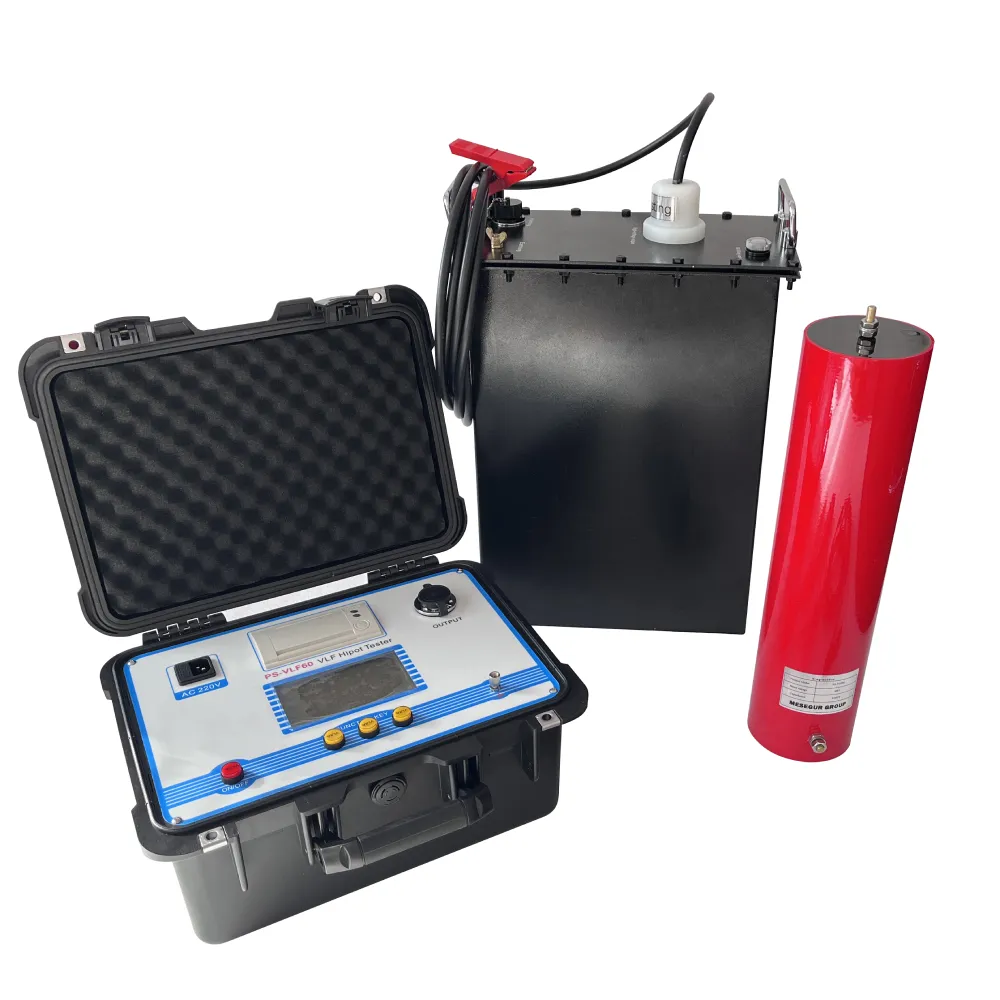 English
English


flash point closed cup tester
Understanding Flash Point Closed Cup Tester
The flash point of a material is a crucial property that gives insight into its flammability and safety when handled or stored. One of the most reliable methods for determining this property is through the use of a flash point closed cup tester. This testing apparatus is designed to accurately measure the flash point of liquids in a controlled environment, minimizing external influences that could skew the results.
The flash point is defined as the lowest temperature at which the vapors of a volatile substance can ignite when exposed to an ignition source. This characteristic is especially important in various industries, including chemicals, pharmaceuticals, and food processing, where the handling of flammable materials is routine. Knowing the flash point helps in establishing safe handling procedures and storage conditions, thus preventing fire hazards.
A closed cup tester operates by enclosing the sample within a sealed chamber, which prevents the escape of vapors and ensures that any ignition occurs within a controlled environment. The design of the closed cup apparatus typically includes a sample chamber, a cover, and an ignition source, along with a means to heat the sample gradually. This arrangement allows for precise measurement of the temperature at which the vapors ignite.
flash point closed cup tester

The testing process usually follows standardized methods, such as ASTM D3828 or ISO 2719, ensuring consistency and reliability of results. During the test, the liquid sample is heated while the ignition source is introduced at predetermined intervals. The temperature is recorded during this process, and the flash point is noted when a flame is produced. It’s important to conduct these tests in a laboratory equipped with proper safety measures, as the materials being tested can be highly flammable.
Several factors can affect the flash point of a liquid, including its composition, impurities, and environmental conditions such as pressure and humidity. Therefore, it is essential to utilize calibrated equipment and follow standardized testing protocols to achieve accurate results.
In addition to safety applications, flash point testing plays a vital role in regulatory compliance. Many countries mandate that products, especially those meant for consumer use, must have their flash points determined and reported. This information helps in the formulation of safety data sheets that inform users about any potential hazards.
In conclusion, a flash point closed cup tester is an indispensable instrument in the field of material safety assessment. By providing accurate flash point measurements, it aids manufacturers and safety professionals in ensuring the safe handling and storage of flammable substances. As industries continue to evolve and new materials are developed, the importance of flash point testing will remain critical in safeguarding public health and safety.
-
Differences between open cup flash point tester and closed cup flash point testerNewsOct.31,2024
-
The Reliable Load Tap ChangerNewsOct.23,2024
-
The Essential Guide to Hipot TestersNewsOct.23,2024
-
The Digital Insulation TesterNewsOct.23,2024
-
The Best Earth Loop Impedance Tester for SaleNewsOct.23,2024
-
Tan Delta Tester--The Essential Tool for Electrical Insulation TestingNewsOct.23,2024





